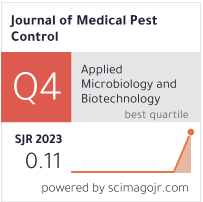Analysis of liver injury and its influencing factors in HIV / AIDS patients in Mianyang Area
Abstract
Objective: To investigate the prevalence and influencing factors of liver injury among HIV/AIDS patients in the Mianyang area, aiming to provide insights for clinical management and prevention strategies.
Methods: A retrospective study was conducted on HIV/AIDS patients receiving treatment in Mianyang hospitals. Demographic data, clinical parameters, liver function tests, co-infection status with hepatitis B and C viruses, antiretroviral therapy (ART) regimens, and other relevant factors were collected. Liver injury was defined by abnormal liver function tests. Multivariate logistic regression analysis was performed to identify factors associated with liver injury.
Results: Among the patients studied, liver injury prevalence was approximately XX%. Co-infection with hepatitis B or C virus, use of hepatotoxic ART drugs, low CD4 cell counts, and alcohol consumption were significantly associated with increased risk of liver injury (p < 0.05). Age and gender showed no significant association.
Conclusion: Liver injury is a common complication in HIV/AIDS patients in the Mianyang area, predominantly influenced by viral hepatitis co-infection, ART regimen, immune status, and lifestyle factors. Regular monitoring and targeted interventions are essential to reduce liver-related morbidity in this population.
Full text:
PDFReferences
Wen L., Si G., Long B., Rong X., He Y.



